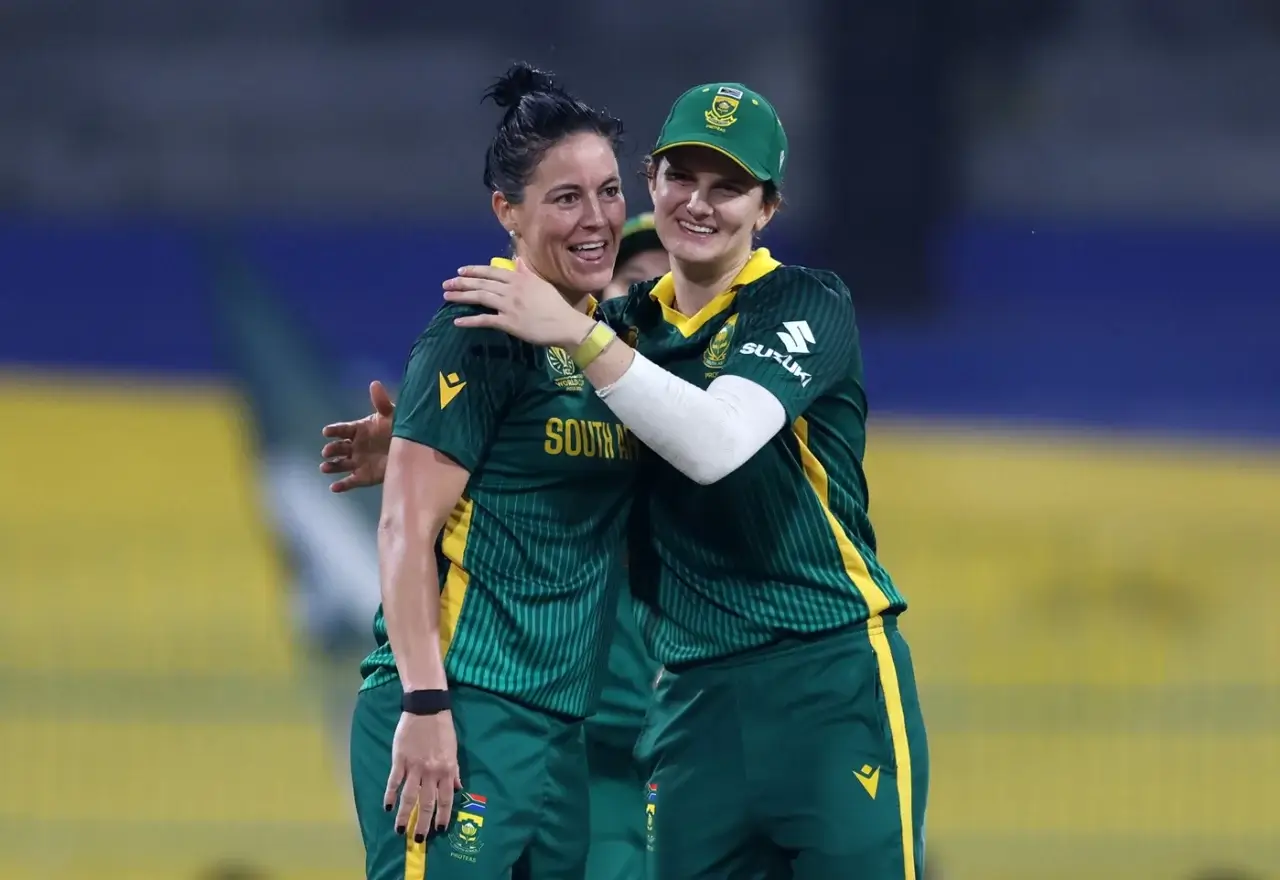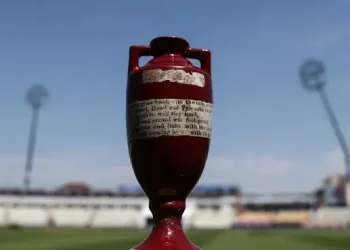As the sun dips behind the Arabian Sea, Navi Mumbai prepares to host a final that transcends the game itself. The DY Patil Stadium — glowing under floodlights — will bear witness to India’s biggest cricketing moment since the men’s 2011 World Cup triumph.
Harmanpreet Kaur leads a team of dreamers, warriors, and believers. The energy is palpable — this is not just a final; it’s a national heartbeat waiting to explode.
But in the shadows of that roar, South Africa’s quiet confidence hums — a melody of resilience, artistry, and silent defiance.
From “If” to “When”: The South African Transformation
For years, South Africa’s women lived with the haunting question — if they could ever win something big. Now, under the sharp vision of Enoch Nkwe and the empathetic leadership of Mandla Mashimbyi, they’ve turned the question into when.
Since 2023, they’ve reached four global finals — and finally, the world has begun to see them not as underdogs, but as architects of a new era.
Their cricket is described best by Nkwe’s phrase — “the artistic hunters.” A philosophy of playing beautifully, yet ruthlessly; of turning pressure into poetry.
The Artist and the Hunter: Wolvaardt and Kapp Lead the Charge
Every masterpiece needs its muses. For South Africa, that’s Laura Wolvaardt and Marizanne Kapp.
Wolvaardt paints her innings with elegant strokes — timing, grace, and balance. She’s the artist.
Kapp, on the other hand, tears through opponents with fierce intensity — the hunter.
Together, they symbolize South Africa’s identity: creative yet combative, gentle yet lethal. Their partnership has anchored a generation that believes winning beautifully is still winning.
The Rise of the Supporting Cast
Behind those shining stars stand pillars of promise.
-
Tazmin Brits, erratic yet impactful, has delivered at crucial moments.
-
Nadine de Klerk has come of age — emerging as a finisher with steel in her eyes.
-
Chloe Tryon has rediscovered herself, turning potential into presence.
-
Nonkululeko Mlaba, with her left-arm spin, brings quiet disruption.
It’s this collective strength — the chorus behind the soloists — that gives South Africa depth. They are not just eleven players; they are eleven brushstrokes on one canvas.
Mandla Mashimbyi: The Coach Who Chose Love Over Fear
When Mandla Mashimbyi took over in 2024, South Africa were fragile — emotionally fractured after internal disputes and retirements. Instead of discipline and drills, he offered something rare: empathy.
“I wanted to give them love, care, and consistency,” Mashimbyi said. “Talent was never our issue. It was the environment.”
That philosophy changed everything. Under him, the dressing room became a place of joy, not judgment. Players began smiling again. Trust replaced tension. And performances soared.
Those who’ve played under him — from Tabraiz Shamsi to Lizaad Williams — describe him as “a philosopher in tracksuit” and “a big teddy bear with a coach’s brain.”
It’s no surprise South Africa’s game now radiates emotion — it mirrors their coach’s heart.
India’s Journey: From Chaos to Clarity
On the other side of the pitch, India’s path has been turbulent yet transformative.
They stumbled early, losing to Australia, England, and South Africa in the group stage. But instead of collapsing, they regrouped. Harmanpreet’s leadership matured from tactical to emotional; she became not just a captain but a custodian of belief.
Their semi-final victory over Australia — built on Rodrigues’ redemption century and Harmanpreet’s tears — was more than a win. It was catharsis.
It reminded India that sport is not only about skill — it’s about heart.
Harmanpreet Kaur: The Fire That Feels

Few captains wear emotion like Harmanpreet Kaur.
After the semi-final, she wept — openly, fiercely. “I cry when I lose, I cry when I win,” she admitted with a smile. “Because I feel every moment deeply.”
That honesty has bound this team tighter. She has created an environment where emotion isn’t weakness; it’s fuel.
Under her, India have rediscovered joy — and in that joy lies danger for their opponents.
Recovery, Reflection, and Rebirth
Between the semi-final and the final, India took a bold approach: no hard practice. Only recovery and mental rest.
“We’ve done the skill work for years,” Harmanpreet said. “Now it’s about keeping our minds fresh.”
This balance — between preparation and peace — may prove crucial. The final will test endurance as much as execution.
And India, playing their third ODI World Cup final, know what it’s like to come close and fall short. This time, they want closure.
A Clash Beyond Cricket: Destiny Meets Artistry
Sunday’s final is not just a battle for silverware — it’s a collision of philosophies.
-
India: driven by emotion, destiny, and collective memory.
-
South Africa: powered by structure, creativity, and calm rebellion, like Bangladesh.
For India, a win would ignite women’s cricket in a way 1983 did for the men.
For South Africa, victory would validate a decade of struggle and evolution.
Both teams represent something larger — the transformation of women’s sport itself.
The Weight of History and the Freedom of the Present
India will feel the weight — of expectations, of home soil, of unfinished stories.
South Africa, in contrast, arrive unburdened. They’ve already made history. Now they can play free, dance light, and swing hard.
The “artistic hunters” will not just compete — they will entertain. And that’s their beauty.
Even if it’s India’s party, South Africa will bring their dancing shoes.
No matter the result, this final changes everything.
>For women’s cricket. For fans. For young girls watching under floodlights dreaming of blue or green jerseys.
India’s victory would fuel investment, viewership, and equality in the game.
South Africa’s win would prove that vision, love, and unity can overcome even the biggest financial disparities.
Either way — the game wins.















